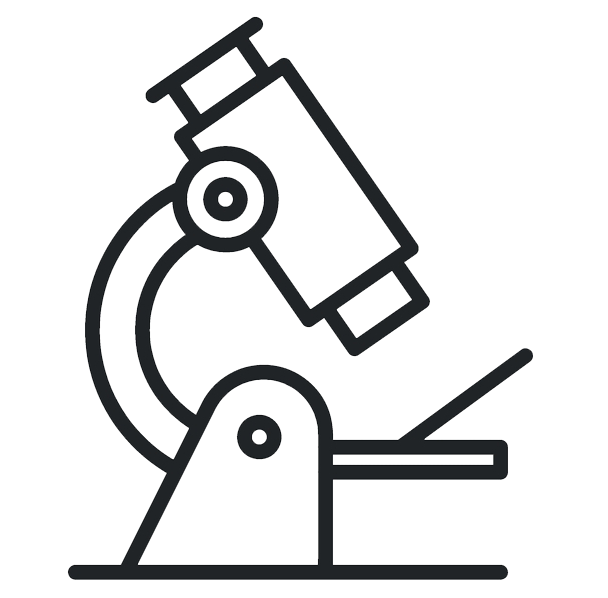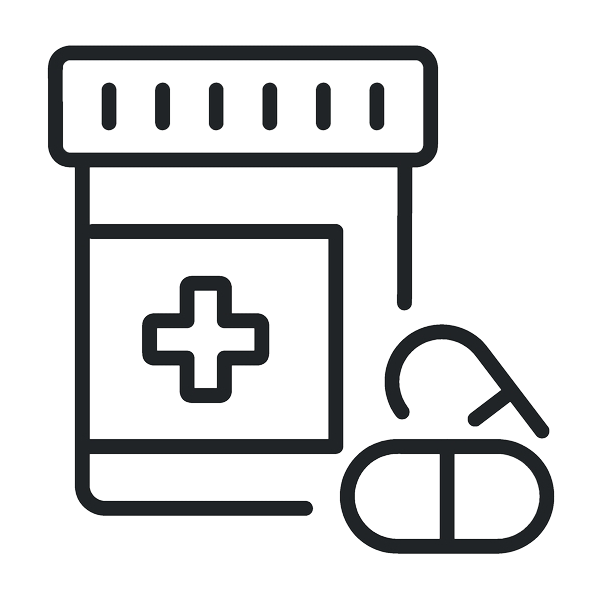- Why QC Matters in Medical Communications
- QC: The Bare Minimum in Scientific Storytelling
- Slide Decks: The Cornerstone of Medical Communication
- Visual Communication: Turning Data into Impact
- Why QC in Medical Communications Is Different
- QC Beyond the Obvious: Context Matters
- The Power of Localization: A Simple Example
- The Business Case for QC
In marketing, content can make or break your connection with potential clients. Grammatical errors, poor readability, and factual inaccuracies are not just minor flaws—they are critical risks that can damage your brand reputation.
In the pharmaceutical and medical sectors, where precision is paramount, the stakes are even higher. Your first priority is to convey accurate numbers and facts, but that doesn’t mean creativity and engagement should take a back seat. These days your message goes beyond the healthcare professionals (HCPs) and executives, and patients and their families become an important part of the decision-making process.
This is where quality control (QC) in medical communications becomes indispensable, ensuring that every piece of content is a perfect blend of engaging content and strong scientific background.
Why QC Matters in Medical Communications
Imagine investing millions in developing a groundbreaking therapy, only to have its launch materials riddled with inconsistencies or errors. The result? Lost credibility, diminished trust, and missed opportunities. In an industry where trust is currency, quality communication is as critical as the quality of your product.
Medical communications are not just about transmitting information—they are about shaping perceptions, influencing decisions, and building confidence. Whether you’re preparing a slide deck for a major congress, creating a mode-of-action video, or developing patient education materials, every detail matters. QC ensures that your message is not only accurate but also clear, consistent, and aligned with your brand voice.
QC: The Bare Minimum in Scientific Storytelling
We will not overburden you with the list of all the small things that can go wrong (typos, mismatched reference lists etc.). Nor will we assume that a company capable of pioneering a new therapy would hire someone who thinks ARNI (angiotensin receptor neprilysin inhibitor) is a person’s name. Instead, let’s focus on the essentials:
- Grammar and Style: Professional, polished language that reflects your brand’s credibility.
- Consistency: Uniform terminology, formatting, and tone across all materials, both text and visuals.
- Accuracy: Verified data, correct references, and adherence to regulatory standards. No bold statements like ”first in class” or “unique mechanism of action” unless supported by data and references.
But QC in medical communications goes beyond these basics. It adapts to the type of material—whether it’s a slide deck, a promotional video, or a congress booth display. Each format has unique challenges, and QC must address them all.

Slide Decks: The Cornerstone of Medical Communication
Slide decks are the workhorses of pharma and scientific communication. They combine complex data, visuals, storytelling, and references—elements that appear in almost every type of medical content. But creating an effective slide deck is harder than it looks.
Consider this: a single physician can receive hundreds of contacts per year through multiple channels, with some specialists receiving more than 2,000 contacts annually. To cut through this noise, your slide deck must be:
- Concise and Persuasive: Every slide should deliver value without overwhelming the audience.
- Data-Driven and Reliable: Accuracy is non-negotiable; every claim must be backed by evidence.
- Visually Engaging: Clear, impactful visuals that simplify complexity without sacrificing rigor. RCSB Protein Data Bank or Pub Chem are excellent sources of visuals, but the real magic is bringing this data to life.
At Nanobot, we’ve developed slide decks for clients at every stage of product development. From supporting companies in the early discovery stage by creating sets for pitches to actual launches, maturity and saturation phase materials. Our QC process ensures that every deck reflects the latest data, aligns with your scientific vision, and resonates with your target audience.
Visual Communication: Turning Data into Impact
No matter where your product is in its lifecycle, you’ll need to present data visually. While dense tables and complex graphs work in study reports and articles, they are a barrier in sales and marketing contexts—especially when time is limited. The solution? Transform raw data into clear, compelling visuals.
But here’s the catch: good visuals require good QC. A responsible communication partner will:
- Request source data, not just screenshots, but tables with all variables to build accurate graphs.
- Verify statistical significance values, standard deviations, and confidence intervals.
- Cross-check every visual against the original publication for accuracy.
This level of diligence ensures that your visuals are not just attractive but also scientifically sound—a critical factor in maintaining credibility with HCPs and regulators.
Why QC in Medical Communications Is Different
QC in medical writing is often described as a process, but at Nanobot, we see it as a flow—non-linear, adaptive, and responsive to change. Why? Because science is dynamic. New studies are published, guidelines evolve, and regulatory requirements shift. A rigid QC checklist can’t keep up with this pace. A flexible QC flow can.
For example, when preparing a slide deck for a product in the approval stage, the core study design and patient characteristics may be fixed, but other details—such as references or classification systems—can change overnight. A robust QC flow anticipates these changes, integrates them seamlessly, and ensures that your materials remain accurate and compliant.
QC Beyond the Obvious: Context Matters
True QC goes beyond catching typos. It requires understanding the context of your communication. For instance:
- If your product has never been registered in the U.S., why reference American guidelines?
- If your study spans a decade, have you addressed changes in disease classification during that time?
These nuances matter. Overlooking them can lead to misaligned messaging and lost credibility.
The Power of Localization: A Simple Example
Sometimes, QC is as simple as spelling. A simple example is the word “glycemic” in “glycemic index”. You can not avoid this collocation when writing about diabetes. However, what is your target audience? For the US-based reader glycemic index, spelled with only “e” is correct, but in the UK or any country where British spelling is used it has to be “glycAEmic index”. This may seem trivial, but it signals attention to detail and respect for your audience. A single misplaced letter can make your content feel foreign—or worse, careless.
The Business Case for QC
Investing in QC is not a cost—it’s a safeguard. Poorly executed communications can lead to:
- Regulatory Delays: Errors in promotional materials can trigger compliance issues.
- Lost Opportunities: Inaccurate or unclear messaging can derail investor pitches or HCP engagement.
- Brand Damage: Inconsistent or sloppy content erodes trust—a commodity you can’t afford to lose.
On the flip side, rigorous QC delivers measurable benefits:
- Faster Approvals: Accurate, compliant materials streamline regulatory review.
- Stronger Engagement: Clear, compelling content resonates with HCPs, patients, and investors.
- Enhanced Reputation: Attention to detail reinforces your brand’s credibility and professionalism.
Final Thoughts
In pharma and medical communications, quality is not optional—it’s mission-critical. Your product represents years of research, millions in investment, and the hopes of countless patients. Don’t let poor communication undermine that effort. Partner with a team that understands the science, respects the details, and delivers content that matches the quality of your innovation.
At Nanobot, QC isn’t just a step in the process—it’s the backbone of everything we do. Because when the quality of your communication matches the quality of your product, you don’t just inform—you inspire.
Ready to Elevate Your Medical Communications?
Don’t leave your message to chance. Let us help you create scientifically accurate, visually compelling, and fully compliant materials that resonate with your audience.
📩 Contact us today and discover how we can help you deliver content that truly reflects the excellence of your product.


